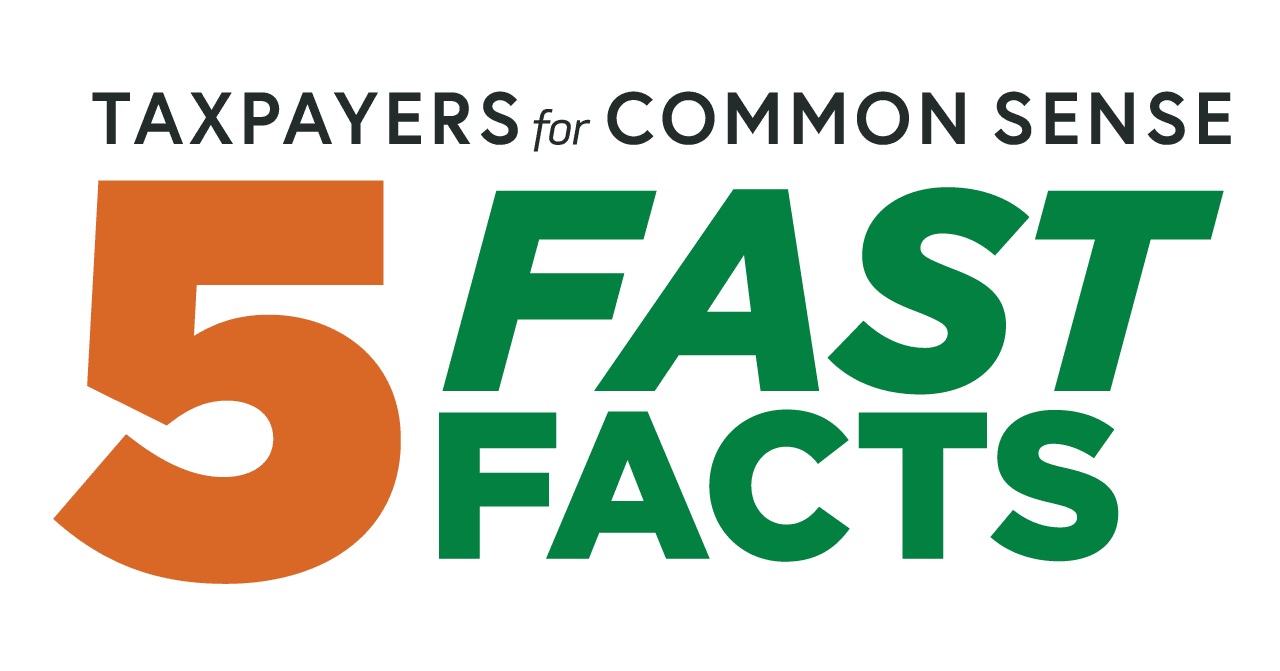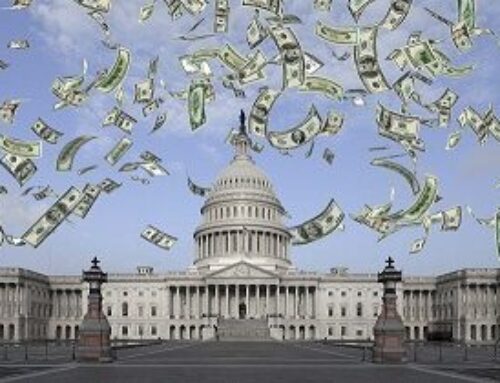about
The Congressional Review Act
1. THE CONGRESSIONAL REVIEW ACT (CRA) IS A FEDERAL LAW THAT CAN BE USED BY CONGRESS TO UNDO FEDERAL AGENCY RULES.
The CRA, part of the 1996 Small Business Regulatory Enforcement Fairness Act, allows Congress to overturn federal agency rules. For Congress to nullify a rule, both chambers must pass a joint resolution of disapproval, and the President must sign it. If the President vetoes it, then Congress needs a two-thirds majority to override the veto. This has largely been used as a way for parties in Congress to express displeasure at the presidential administration, often the opposite party.
2. THE FEDERAL RULES ELIGIBLE FOR REVIEW ARE BROAD BUT NOT ALL-ENCOMPASSING.
Under the CRA, a “rule” is defined very broadly, borrowing from the Administrative Procedure Act (APA). It includes agency statements that affect the public, such as regulations and policy guidance. However, it excludes things like internal agency procedures, which might sound mundane but are essential for agency operations.
3. CRA RESOLUTIONS MUST BE ACTED ON WITHIN A SPECIFIC WINDOW OF TIME AFTER A RULE IS DELIVERED TO CONGRESS.
A CRA joint resolution of disapproval is a straightforward document: Congress disapproves a rule, and it shall have no force or effect. The joint resolution must be introduced within 60 days of continuous session after the rule is received. If Congress adjourns before the CRA introduction or action periods end, the time frame to introduce and act on a disapproval resolution resets in the next session of Congress. This restart happens on the 15th day of Senate session and the 15th House legislative day. This “lookback” provision ensures that Congress has the full periods specified by the CRA to disapprove a rule, regardless of when the rule is received. This provision is especially significant during years with a change in party control of the presidency.
In the Senate, disapproval resolutions benefit from “fast track” procedures that prevent filibustering. This is intended to streamline the process, but it still requires a majority vote. In the House, there are no expedited procedures, so a disapproval resolution must navigate the usual legislative hurdles.
4. FEDERAL AGENCY RULES BEING OVERTURNED ARE RARE BUT USE OF THE CRA IS BECOMING MORE FREQUENT.
Since its inception, only 20 rules have been overturned using the CRA. The CRA saw a flurry of activity during the early Trump administration, with 16 rules nullified by the 115th Congress. As of June 17, 2024, the 118th Congress has introduced 141 CRA resolutions targeting 76 different rules, with many more on the horizon. It’s a reminder that the CRA’s potency often hinges on the political climate. In other words, CRAs are most successful after a change in the party in the White House with a unified federal government – all branches controlled by the same party.
5. THE CRA COMPLETELY PREVENTS AGENCIES FROM REISSUING SIMILAR RULES (EVEN NARROW PARTS OF RULES).
If Congress successfully disapproves a rule, it’s more than as if the rule never existed. The agency cannot reissue the same rule or anything substantially similar without explicit authorization from a new law. The CRA is supposed to be a clean slate, but the ambiguity around what counts as “substantially similar” can lead to confusion and litigation.
The CRA states that actions under it aren’t subject to judicial review, which sounds final but has been contested in court. Some courts have interpreted this to mean that they can’t review CRA-related decisions, while others think it just means Congress’s actions are off-limits but not the agencies’.












Get Social